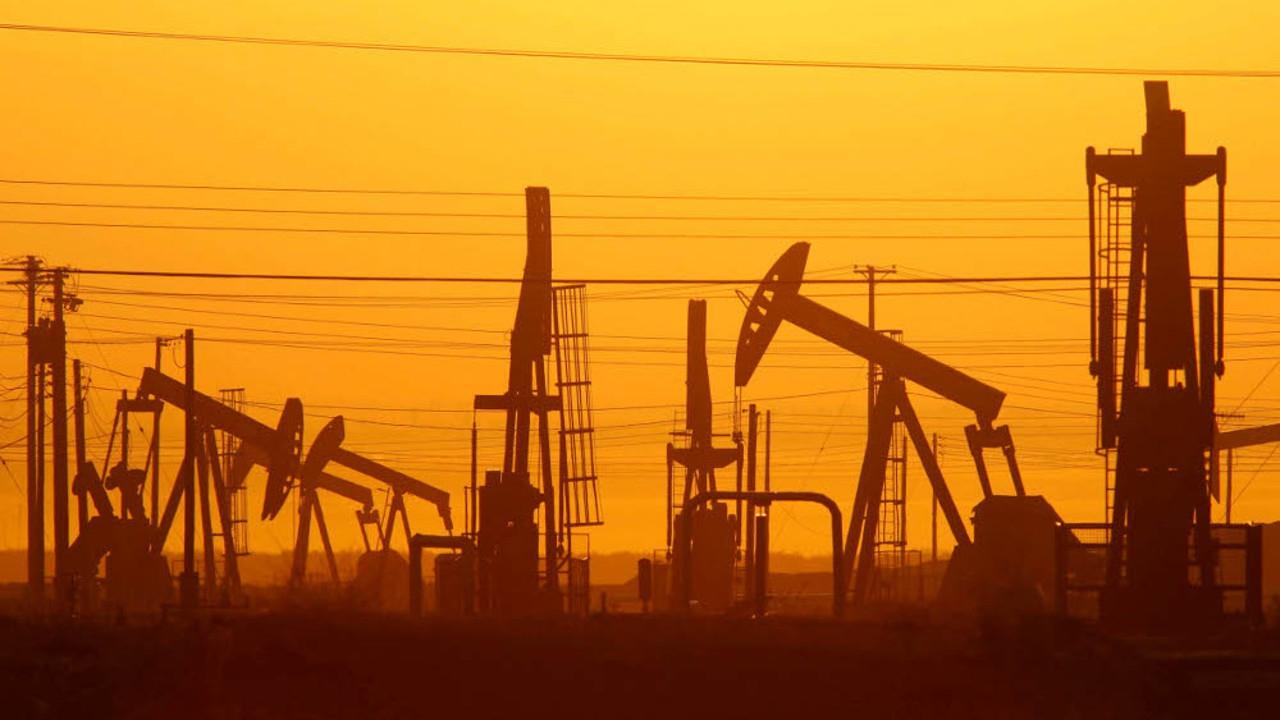BHP sets scene for a massive cascade of cash
While a jump in BHP’s mid-year payout will please investors, it’s the coming surge in cash flow that really merits attention.

The earnings themselves reflected the general continuation of a sector-wide recovery, built on the productivity gains of the past four-and-a-half years and the leverage that has given the big miners to improved commodity prices.
The $US4 billion of underlying profit and $US4.9bn of free cash flow in the half was somewhat less than the market had anticipated, although shareholders will be surprised, pleasantly, by the big lift in interim dividend from US40 cents a share to US55c.
It is, however, the group’s foreshadowing of a massive surge in its cash flows in the second half, if current spot prices hold up, that points to the way events within BHP’s control and those without could combined to see cash gushing through the group in the June half.
For the miners, the collapse in prices in late 2016 pushed the sector into crisis and caused BHP, and Rio Tinto, to abandon their cherished progressive dividend policies.
As it turned out, those December halves in 2016 were the nadirs of both groups’ recent fortunes, with rising commodity prices and their own fierce focus on productivity and capital conservation combing to produce quite dramatic gains in their profitability and balance sheet strength — and in cash returns to shareholders.
For BHP, it is the continuation of the surges in iron ore and oil prices that developed last year and then continued into this year, along with a maintenance of the very strong copper prices into the second half, that would be a key input into its calculation that, at current spot prices, it would have full-year free cash flows of more than $US12bn.
With a current iron ore price of $US76.79 a tonne against the average priced realised in the December half of $US57 a tonne, an oil price that sits around $US65 a barrel against the average price realised of $US54 a barrel and a copper price that is holding up at around its December-half levels, BHP (and Rio and the sector) are experiencing the best external conditions they’ve had in the past five years.
Continued strong demand for their key commodities from China — and a preference, amid industrial restructuring and a focus on improving air quality, for higher quality raw materials — has coincided with relatively strong growth in the key development world economies for the first time since the financial crisis.
How well that plays into the strengths of the particular resource companies depends on how well they’ve spent their time and capital in recent years.
In the recent past BHP’s results have been distorted/depressed by a massive project to rebuild volumes and improve efficiency at its Escondida copper mine in Chile. In the first half copper output was also impacted by smelter maintenance at Olympic Dam.
The ‘’Escondida effect’’ was substantial but is now washing out of BHP’s numbers as the ramp up of the Los Colorados expansion project accelerates. The underlying earnings before interest and tax (EBIT) from Escondida leapt from $US711 million to $US1.62bn.
Olympic Dam, which contributed little in the same half of 2016, incurred a loss of $US70m in the latest half but production is now ramping up quite quickly.
Copper, which generated $US2bn of BHP’s $US6.9bn of underlying EBIT, should be an even bigger contributor in the second half. It has, given the protracted disruption to Escondida, been the missing element of the rebound in BHP’s fortunes in the past two years but now it will be a driver of cashflow and earnings growth.

While the iron ore division’s earnings were only up about $US200m at the EBIT level, to $US3.43bn, the group’s sensitivity to higher prices — a $US1 a tonne movement in the iron ore price shifts its earnings before interest, tax, depreciation and amortisation by $US221m — should translate into a surge in second-half earnings if the price holds up.
The strength of the commodity price matrix may be providing a lot of relief for the big resource groups and a cash bonanza for their shareholders, but neither BHP nor Rio are relaxing.
Both are bullet-proofing their balance sheets — BHP’s net debt was down to $US15.4bn at December 31 and $US14.7bn a month later.
They are remaining very disciplined on capital expenditures, with BHP saying it would invest less than $US8bn a year through to the 2020 financial year, and are still trying to prise further productivity gains from their portfolios. BHP think there is another $US2bn of productivity gains achievable through to the end of the 2019 financial year.
They are also still finetuning their portfolios, with Rio shedding coal and aluminium assets and BHP in the process of exiting the US shale gas sector. It expects to receive initial bids for its shale assets, which various analysts say are worth somewhere between $US6bn and $US10bn, in the June quarter.
Given the tight capital allocation framework, the bulk of any proceeds are probably going to be distributed to shareholders.
US activist shareholder Elliott is credited with forcing BHP’s hand on the shale decision, although BHP had been reviewing the future of those assets internally for some time.
If it had some success with shale it isn’t gaining traction with BHP on its other two fronts.
It has reignited a campaign to have BHP unwind its dual-listed entity structure (to Elliott’s benefit, given that it has a sizeable exposure to the UK entity within the structure), but BHP directors said today, that while they regularly reviewed the structure and would change it if it were in the best interests of all shareholders, the costs and risks of collapsing the structure outweighed the benefits.
Elliott has also argued for the sale of BHP’s conventional petroleum business. In the presentation accompanying its results BHP highlighted its profit margins (it has the second-best five-year average among its peers) and its sector-leading return on invested capital over the same five-year period.
With the oil price recovering from the worst of the fallout from OPEC’s self-destructive and unsuccessful 2014 strategy of driving prices down to undermine the economics of shale and BHP investing counter-cyclically in growth options in the sector, the EBITDA margin of 57 per cent and a return on capital of 11 per cent at oil prices materially lower than today’s represents a strong argument for the business’ retention and, indeed, expansion.






Perhaps the most striking aspect of the BHP interim result wasn’t the 25 per cent increase in underlying earnings but the potential for the second half to generate nearly 150 per cent more free cashflow than the group produced in the December half.